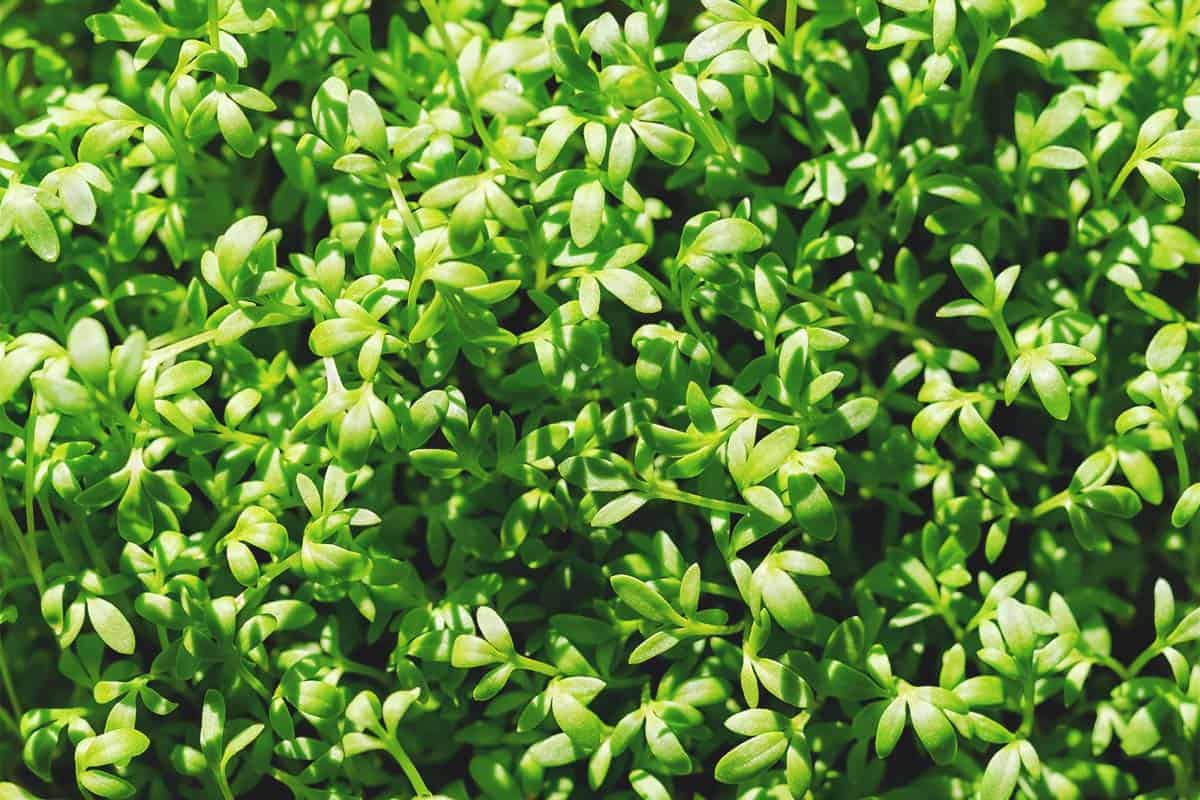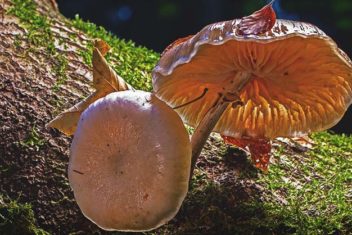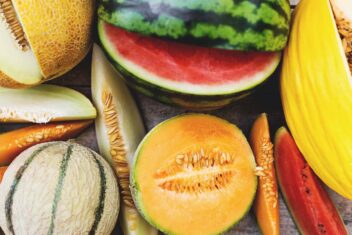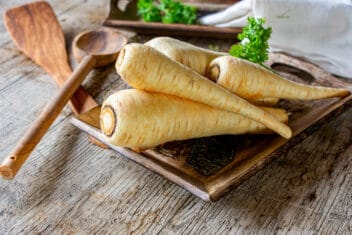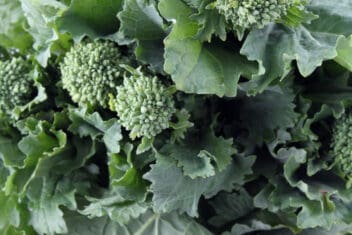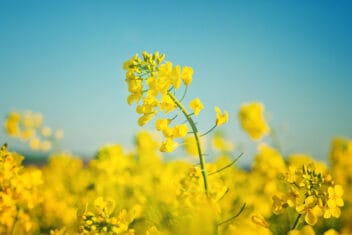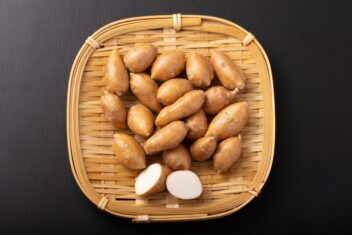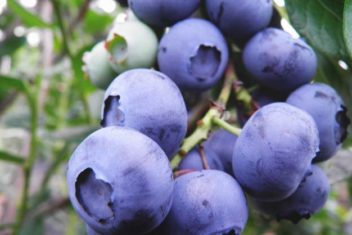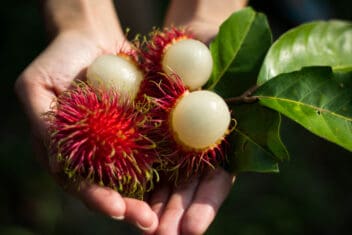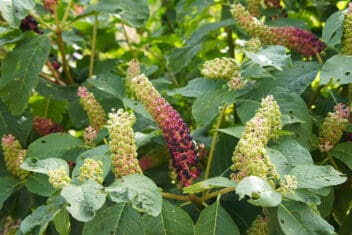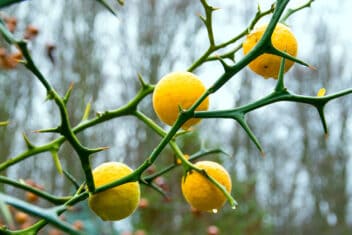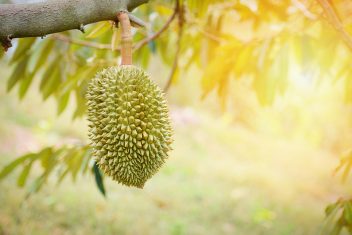Cress is such an easy green to grow that I’m a bit surprised it’s not more popular. Quite a few people don’t even know what I’m talking about when I mention cress, but I think it’s well worth growing. Let’s start a petition to make cress the next trendy vegetable!
Cress, particularly watercress, is a nutrient powerhouse. The plants contain loads of vitamins and minerals, including vitamins A, C, calcium, and iron. Watercress is also full of antioxidants and is thought to have medicinal properties because it’s high in iodine.
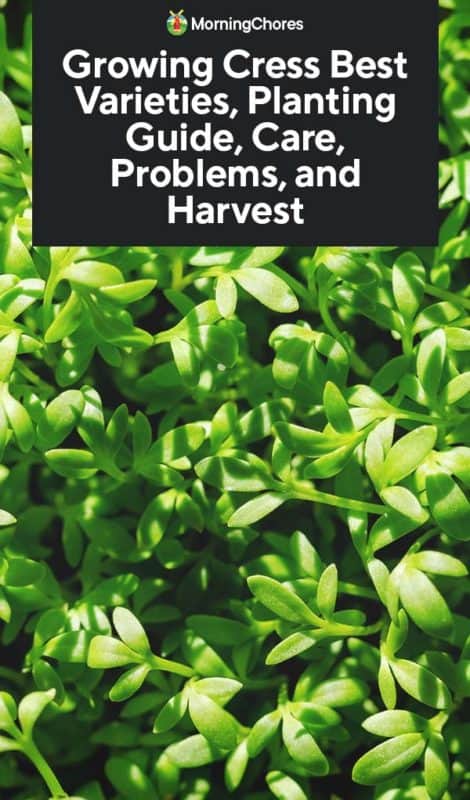
What is Cress?
It’s got a few different names – pepperwort, peppergrass, pepper cress, garden cress, etc. But don’t be confused by the varying nomenclature. The leafy green is an annual and belongs to the Brassica family of vegetables, though I’d argue that it has a distinct, decidedly non-brassica, flavor.
It’s often grown as a microgreen and used in salads. If I had to compare to another crop, I’d say it’s slightly similar to arugula but with a crisper, crunchier texture. Growing it, though, is a little different.
Once cress starts to produce little tiny white flowers, the plant becomes bitter and unpalatable. It grows really quickly, though, so it’s key to harvest before then.
Cress is kind of like a mini air-plant cousin since it also doesn’t need soil to grow. It can germinate nearly anywhere. It also has few nutrient requirements. One thing not to skimp on, though, is water. Cress prefers extremely moist soil.
Cress Varieties
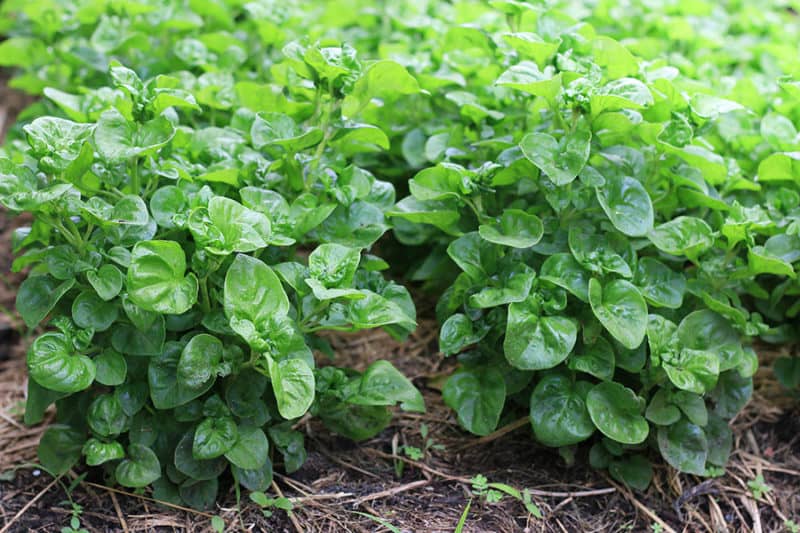
There are a few varieties of cress each with a slightly different flavor profile:
- Cress: this is the baseline version of cress, which features flat, non-curled foliage.
- Curled cress: also known as wrinkled cress. The leaves have a frilly appearance, and the cress, therefore, has a bit more texture than other varieties. It’s a biennial.
- Watercress: This is, by far, my favorite type of cress and probably one of my favorite salad greens. It’s a tasty, crunchy green, and it’s also a perennial variety. It prefers damp soil.
Planting Cress
Cress is a straightforward garden plant to grow. Watercress, though, requires wet growing conditions, which may prove difficult in drought-prone areas.
Growing Zones
Cress grows well in zones 6-9.
Sun Requirements
Cress prefers full sun unless you live in a hot climate, in which case, plant in partial shade so the plant has some protection during the heat of the day.
Soil Requirements
Cress is best planted in fertile soil with a pH between 6.0-6.8. Make sure the soil is rich in compost and well-draining.
Watercress requires consistently wet soil to thrive, but can also be grown hydroponically — a shallow tray of water will do for these early-harvested greens.
Starting Seeds Indoors
Starting cress indoors isn’t necessary since harvest occurs so quickly after germination. If you want to start seeds indoors, do it 4-6 weeks before the last frost date. Harden seedlings off for 3 days before transplanting
Starting Seeds Outdoors
Seeds should be direct sown in the spring (or late fall for a winter harvest) after the last frost date.
When planting cress, resist the urge to bury the seeds deeply. Keep the soil consistently moist for even germination.
Seed germination shouldn’t take more than a week as long as temperatures are comfortably between 50 to 60°F.
Spacing
Sow seeds thickly and then thin plants to about 6 inches apart.
Container Growing
Cress is the perfect green to grow in containers and doesn’t require loads of space. It’s also ideal for indoor growing since it’s harvested early and doesn’t require a lot of maintenance.
If you have little space outside and prefer to grow indoors, cress is a perfect candidate for your narrow windowsill. As you would outside, keep the soil moist.
Growing Cress
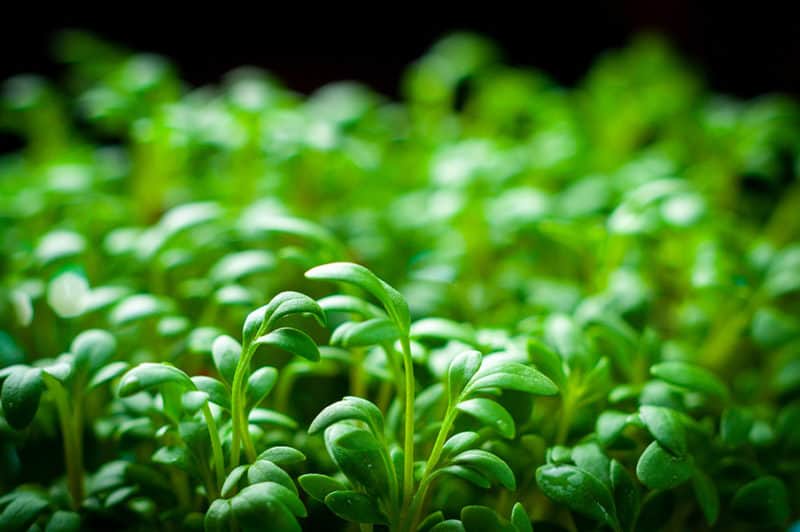
Watering
Keep soil moist – especially with watercress and during the germination stage.
Weeding
It’s important to keep weeds away from cress plants because they spread the diseases that plague these and most brassicas.
Mulching
Use mulch to keep the soil moist between waterings.
Fertilizing
You don’t need to fertilize cress, but if you decide to, use a liquid fertilizer. Cress isn’t a heavy feeder, though, thanks to its short lifespan, so a little liquid fertilizer goes a long way.
When growing cress hydroponically in a shallow tray of water, remember to fertilize the water with a kelp-based liquid fertilizer. Otherwise, your plants won’t have access to any nutrients.
Succession Sowing
Because cress grows so quickly and is harvested so young, it’s an ideal candidate for succession sowing. Sow in regular intervals to ensure a steady supply of crispy, succulent greens. Planting every two weeks is a good strategy.
Cress Problems and Solutions
One issue you’ll face when growing cress is its fast-growing nature. It doesn’t seem like a problem up-front, but it can be tough to keep up with quick-growing plants like cress if you’re not diligent about harvesting. Organization is key if you want to avoid letting the plant flower and go to seed. Once it has bloomed, it’s no longer palatable.
Flea beetles
Flea beetles are, as the name implies, tiny little beetles that suck the life out of plants. They got their name because of the way they leap away when you approach them. While they can chew ugly holes in leaves, the real problem is that they spread disease.
Get rid of them using a spray made out of 1 cup water, 1/2 cup rubbing alcohol and a teaspoon of dish soap. You can also use white sticky traps.
Black Rot
Black rot is most commonly seen on grapevines, but a unique black rot bacteria attacks plants like cress as well. You’ll see v-shaped lesions and blackening on leaves.
Purchase pathogen-free seed, rotate your crops, keep weeds away, and water at the base of plants rather than on the leaves. You should also clean your tools between use.
Downy Mildew
Downy mildew is a fungus that attacks brassicas. It thrives in cool, humid areas. You’ll notice a grayish mold on the undersides of plants and white or yellow spots on the upper side of leaves. The spots eventually turn necrotic.
The key to controlling downy mildew is to give plants plenty of air circulation and keep them from sitting in moisture as much as possible. Keep plants well-spaced, water at the base and not the leaves, water in the morning, and keep weeds away.
Blackleg
Blackleg is another fungus that likes to attack plants in the brassica family. It causes light brown lesions with a purple outline and can cause cankering that will sever the plant at the base. It’s spread through water.
Rotate crops, water at the base of plants, keep plants well-spaced and keep weeds away to control it.
Clubroot
This disease causes galls to form on the roots of plants, eventually causing the plant to wilt and die.
You can apply lime to the soil and be sure to rotate crops to discourage clubroot. Don’t let weeds grow in your garden and solarize your soil between planting if you struggle with this disease.
Anthracnose
Anthracnose causes lesions on the leaves and stems of cress. Add lime to the soil, choose resistant varieties, and use sterile soil when planting.
Alternaria Leaf Spot
This disease causes circular leaf spots that look a little like a target. While the damage is mostly cosmetic, it can still ruin a crop.
Control weeds, rotate crops, buy certified disease-free seed. Control water by keeping plants well-spaced, water at the base, and water in the morning.
Companion Planting with Cress
It’s a quick-growing, short-lived plant, so cress is easy to plant near almost anything in the garden.
It’s a great crop to interplant between others. Grow in around tomato seedlings, for instance, then harvest before the tomato plants completely shade the area. You can also plant with:
- Chive
- Onion
- Mint
Don’t plant with lettuce.
Harvesting Cress
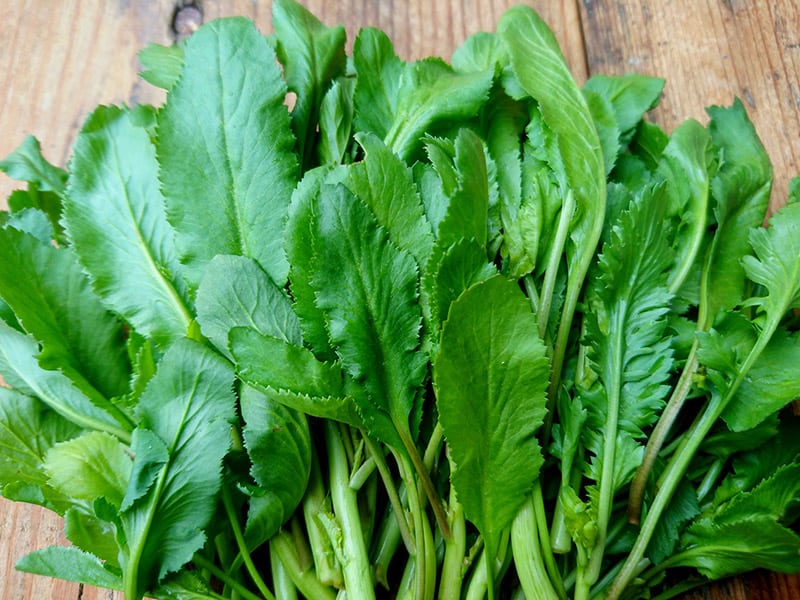
Cress is best harvested young, which is why people often grow it as a microgreen. Harvest when plants are a few inches tall. Use scissors to snip off the sprouts. It’s possible to harvest a single crop twice.
Store the cress in the fridge, but be sure to eat within a few days. Cress spoils quickly.
Cress is a great salad green and an excellent dish garnish. It tastes awful when cooked, though, so stick to eating it raw. Use it in sandwiches as an alternative to lettuce and for a nutritional boost.
Eager to grow cress this spring? You don’t have to wait! Grow cress indoors all year round. All you need is a packet of seeds and a container or tray filled with soil or water. Cress is a super easy plant perfect for new gardeners. It’s also a great plant to grow with kids.
